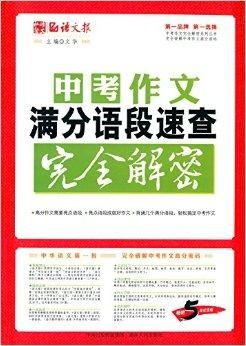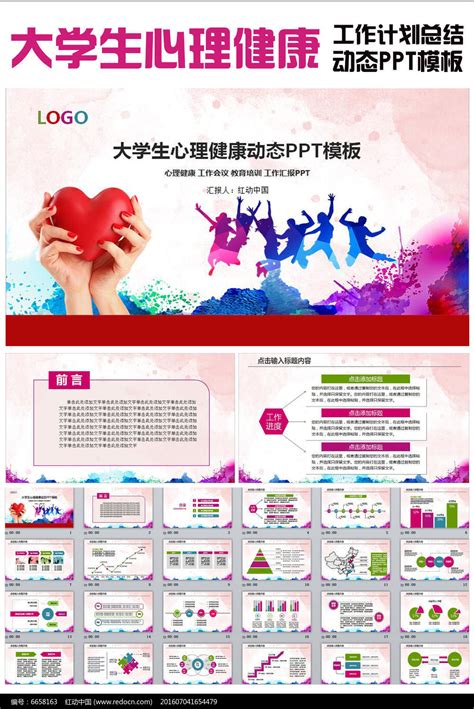早教英文儿歌
Title: Popular English Songs for Early Childhood Education
Introduction:
In early childhood education, incorporating music into the curriculum has numerous benefits for young learners. Listening to and singing along with English songs can enhance language development, cognitive skills, socialemotional development, and motor skills. Here are some popular English songs that are commonly used in early childhood education for teaching and engaging young children.
1. "The Wheels on the Bus":
This classic nursery rhyme is an excellent choice for teaching vocabulary, actions, and expressive language. Children enjoy singing along and mimicking the different sounds and movements associated with a bus ride.
2. "Head, Shoulders, Knees, and Toes":
A fun and interactive song that helps children learn body parts. It promotes physical coordination and cognitive recognition of various body parts while also incorporating basic movements.
3. "If You're Happy and You Know It":
This song encourages children to express emotions and engage in actions such as clapping hands, stomping feet, or nodding their heads. It assists in developing language skills, emotional regulation, and physical coordination.
4. "The Alphabet Song":
An essential song for early literacy development, the Alphabet Song introduces children to the letters of the English alphabet in a memorable and enjoyable way. Singing along helps children learn letter names and their corresponding sounds.

5. "Old MacDonald Had a Farm":
This song introduces children to a variety of animals and their sounds. It helps expand vocabulary, develop listening skills, and introduces basic concepts of animal identification.
6. "Five Little Ducks":
A counting and subtraction song, Five Little Ducks teaches numerical concepts and introduces young children to basic math skills. It aids in developing counting skills, number recognition, and early subtraction abilities.
7. "Twinkle, Twinkle, Little Star":
A soothing and calming song that enhances listening skills and promotes relaxation. Singing along with the repetitive lyrics helps develop memory, language skills, and a sense of rhythm.
8. "The Hokey Pokey":
This interactive song encourages physical movement and helps children learn body parts and directions, such as left and right. It promotes coordination, balance, and spatial awareness.
9. "Bingo":
Bingo is a popular song that helps children practice letter recognition and spelling. Singing along and spelling out the letters in the word "Bingo" aids in developing phonological awareness and lettersound correspondence.
10. "Rain, Rain, Go Away":
A song that can be used during rainy days or to calm children's fears associated with storms or rainy weather. Singing along with the simple lyrics provides comfort and allows children to express their emotions.
Conclusion:
Incorporating English songs in early childhood education provides a multisensory approach to learning and enhances various developmental areas. These popular songs, such as "The Wheels on the Bus," "Head, Shoulders, Knees, and Toes," and many others, engage children, improve language skills, promote physical coordination, and support emotional development. Remember to make the learning experience enjoyable and interactive by incorporating gestures, props, and movement while singing these songs with young children.











